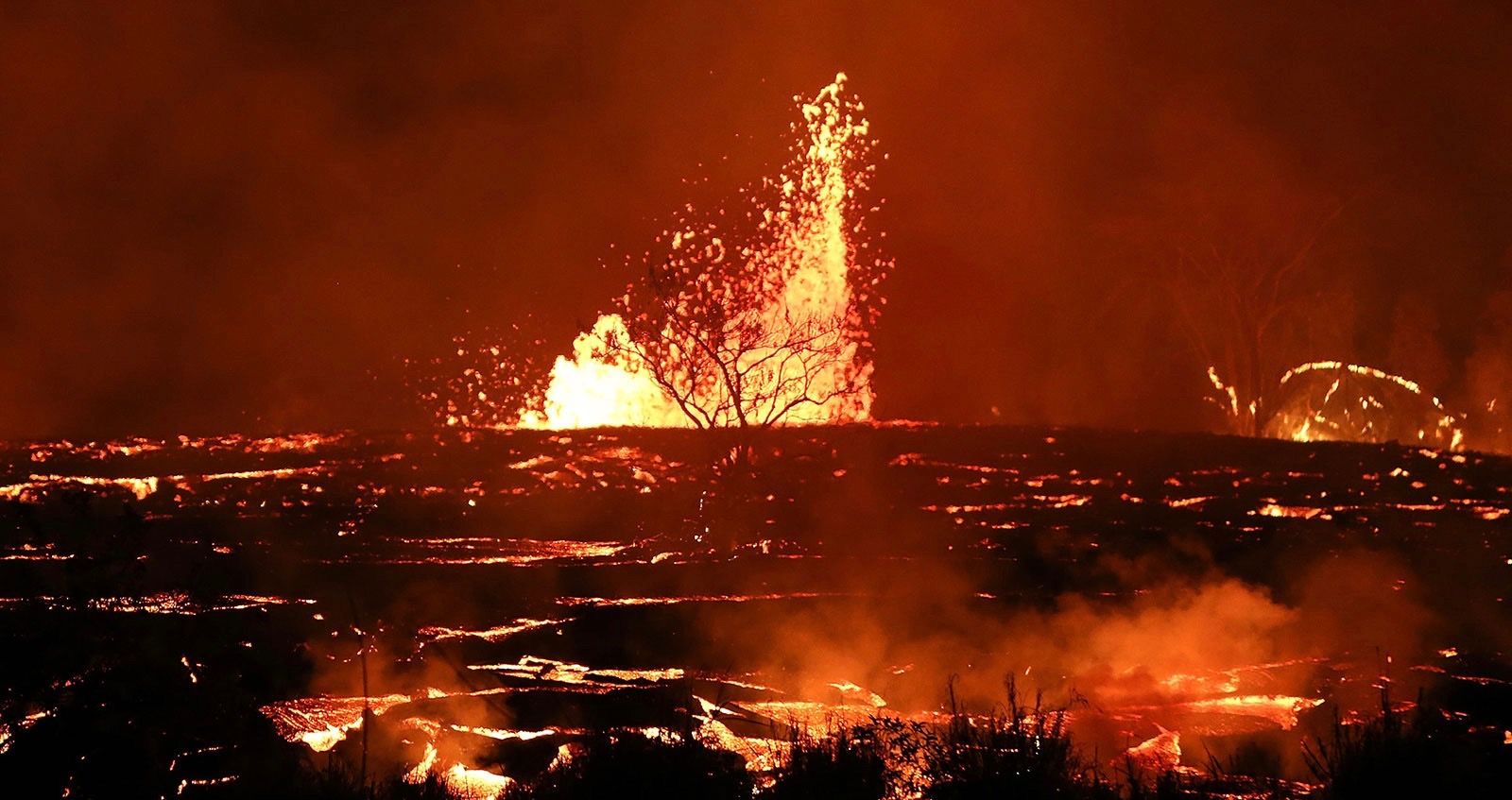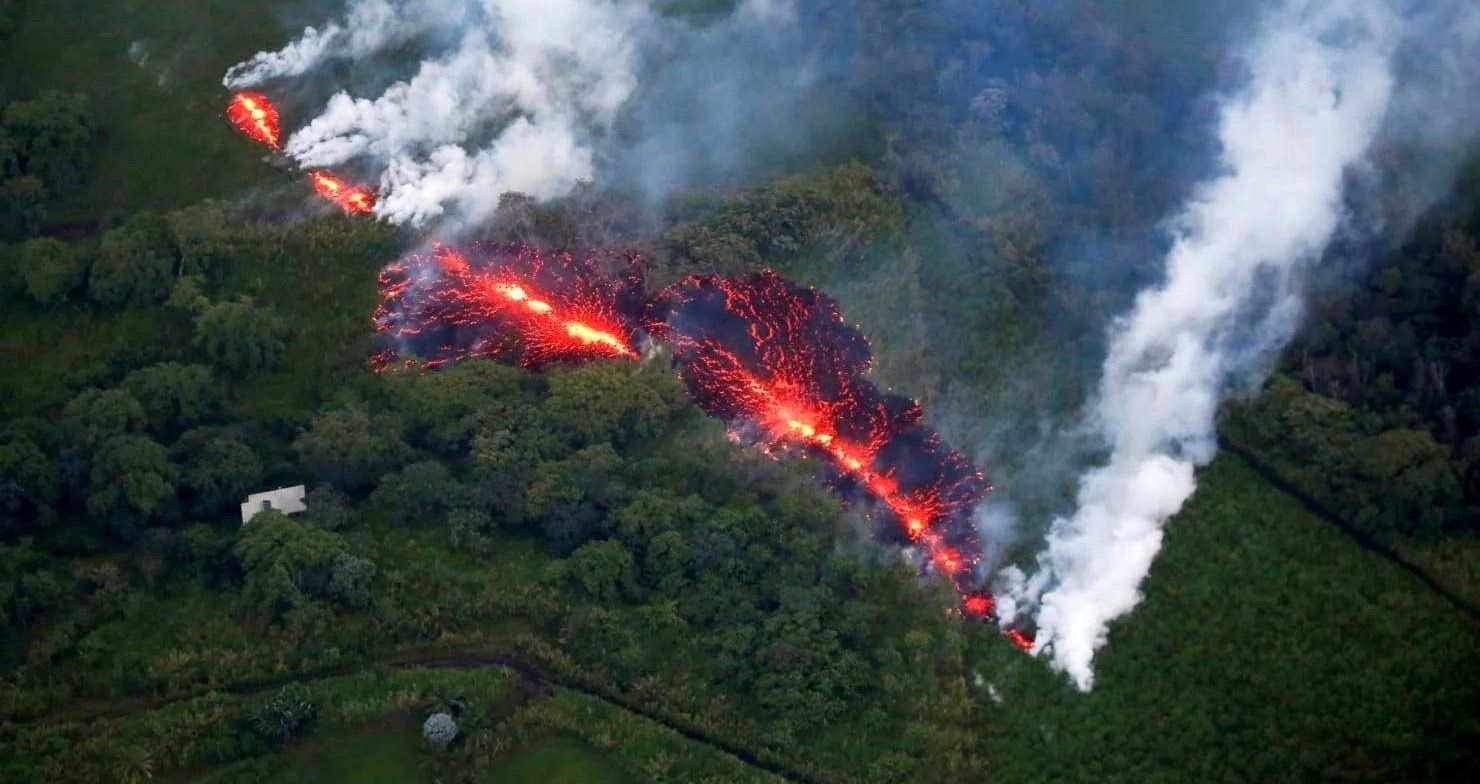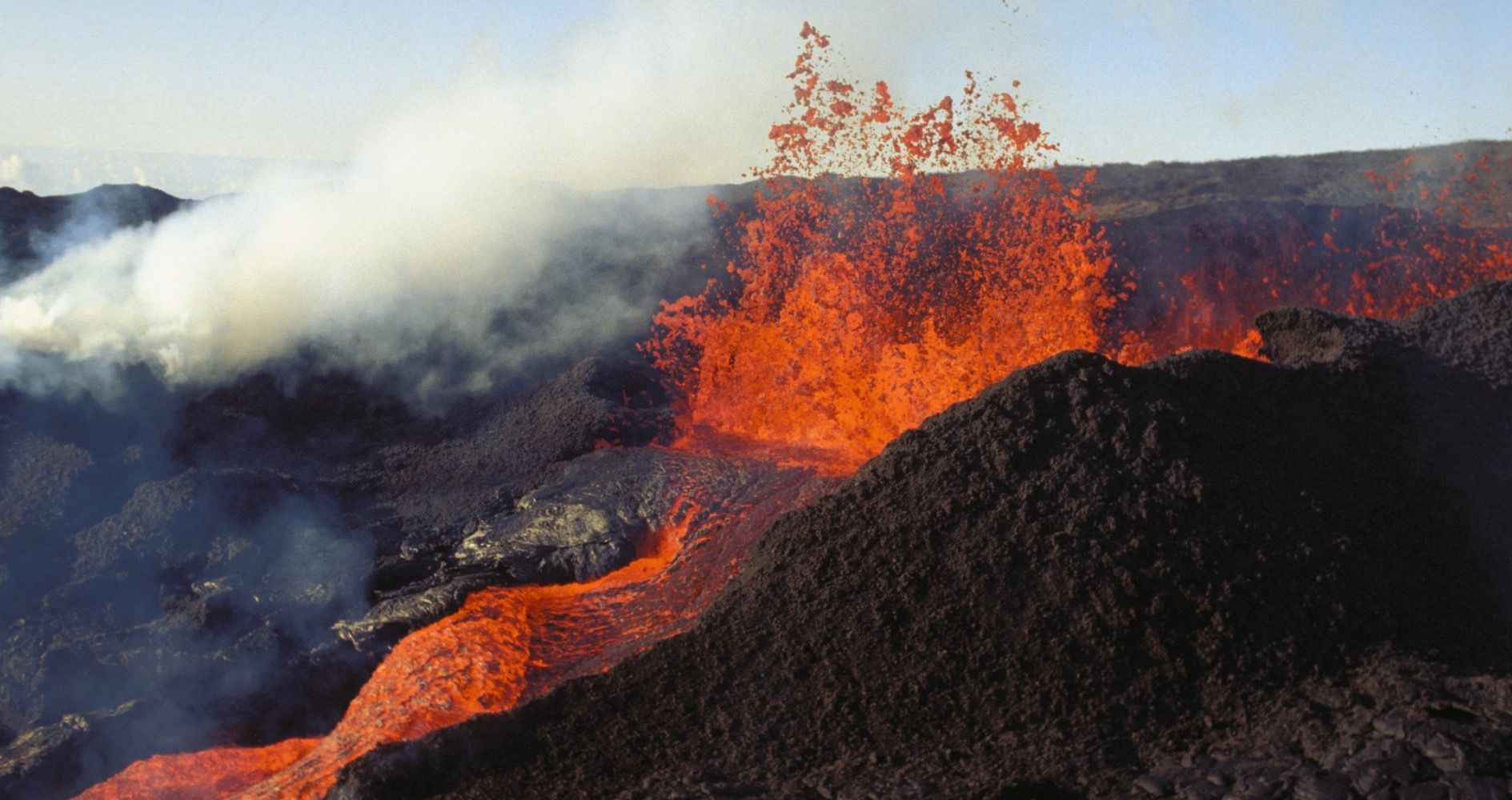The situation in Hawaii is worsening by the minute with a series of earthquakes being registered and the crater floor at the Puu Oo vent collapsing on Kilauea Volcano, which has lead to new lava eruptions.
Scientists from the U.S. Geological Survey’s Hawaiian Volcano Observatory say the seismic activity in the few days has resulted in new breakouts on the east side of the Big Island volcano. USGS geologist Janet Babb, added that similar activity had occurred before prior eruptions in the region. In mid-April, the observatory issued a volcano activity warning as the Puu Oo vent became inflated and pressurized.
“We knew that change was afoot and we’ve seen this in the past, and so we have been kind of waiting and watching for whatever change that was going to happen to happen,” Babb said. “It happened yesterday afternoon.”
The earthquakes and collapse, as well as the release of pressure within the Puu Oo vent, have caused an “intrusion” of lava into a new area of the volcano, which spread through the evening.
“Magma has now migrated into a lower part of the East Rift Zone,” Babb said. “The concern is that the intrusion migrated about 10 miles down rift into the area where Highway 130 is.”
A number of homes on Big Island could be affected. The Hawaii County Civil Defense Agency warned local residents that they should be prepared for potential new lava flows. Spokeswoman Kanani Aton added that they are “planning ahead for a worst-case scenario” by monitoring activity and putting emergency plans into place.
Currently, there is no public access from the island’s Puna District near Kalapana and visitors have been advised to keep their distance. Also, all boat and hiking tours have been put on hold. The area generally receives between 500 and 2,000 visitors every day.
“It’s been closed due to the possibility of an eruption and security has been posted to ensure that no unauthorized persons enter,” Aton said. “It is important to note that although there is increased seismic activity in the area, the magnitude is not large enough to cause concern for tsunami.”
Although Babb says the activity has decreased a bit the threat level remained unchanged. "We are still watching, we are watching very closely,” Babb added.
Geologists, who have recently flown over the region, had seen red ash layer covering the surface near the Puu Oo vent. The ash appeared after the crater floor collapsed. “The good news is that as they flew down the East Rift Zone they didn’t see any ground cracks or steaming that would suggest that the magma was coming near the surface,” Babb said before the volcano erupted.
Though Kilauea’s activity has been generally nonexplosive, a 1924 eruption scattered ash and 10-ton rocks skyward, resulting in the death of one man. Then, the 1983 eruption of Puu Oo caused 1,500 feet high fountains of lava. Also, in the following decades, dozens of square miles and numerous homes have been buried or destroyed by lava flows. Ten years ago, Kilauea’s summit crater released lava and rock over 75 acres of the mountain after several earthquakes on the island.



